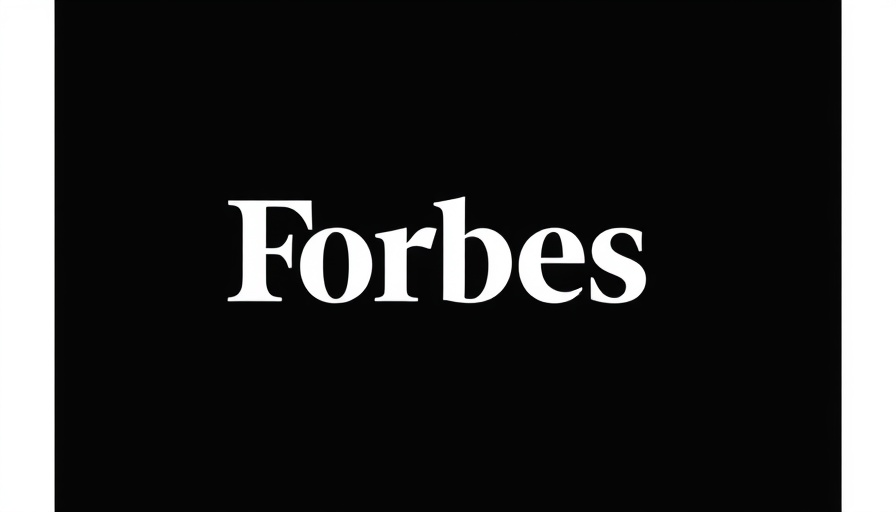
Why Wonderstate Coffee Stands Out in a Crowded Market
In the specialty coffee industry, where sustainability and ethical sourcing are often touted, Wonderstate Coffee emerges as a model of responsibility. Their commitment to sourcing coffee sustainably isn’t just a marketing strategy; it’s woven into the fabric of their business. The market is riddled with challenges, yet Wonderstate's proactive measures set them apart from competitors who merely skim the surface of ethical sourcing.
The Life of Coffee Farmers: Understanding the Realities
Globally, an estimated 125 million people depend on coffee for their livelihoods, yet many smallholder farmers remain in poverty, earning only a fraction of what consumers pay in cafés. This stark reality is not lost on the co-founders of Wonderstate Coffee, TJ Semanchin and Caleb Nicholes, who recognize that sustainable income for farmers is critical for the entire supply chain. They strive to challenge the traditional pricing structures while ensuring that farmers reap the benefits of their labor.
Impact of Climate Change on Coffee Production
Climate change poses a significant threat to coffee production. Projections indicate that by 2050, much of the land suited for Arabica coffee may no longer be viable. This impending crisis amplifies the urgency for sustainable practices in coffee sourcing. Wonderstate aims to address these challenges not only through ethical pricing but also through investing in the integrity of their supply chain, making logistics manageable even in difficult conditions.
How Wonderstate’s Profit-Sharing Program Transforms Lives
In a bid to support their employees further, Wonderstate introduced a profit-sharing initiative that allocates 10% of their annual profits to non-leadership staff. This program emphasizes community and collective success rather than focusing solely on executive gains. In the previous fiscal year, this resulted in over $41,000 going directly to baristas and other essential employees, reinforcing a culture of equity and shared success.
Sourcing Coffee for Collective Good: A Reimagined Business Model
Wonderstate’s mantra of ‘Sourcing Coffee for the Collective Good’ encapsulates their mission to create a fairer system for coffee production. By prioritizing long-term relationships with farmers and establishing minimum price guarantees well above market levels, they are pushing the envelope of what ethical sourcing can and should look like. This focus on genuine partnerships allows farmers to stabilize their incomes and invest in their communities.
Future Insights: The Need for a Shift in the Coffee Industry
As the coffee industry moves forward, the question remains: will companies step up to truly bear the costs of sustainability? Initiatives like Wonderstate’s provide a glimpse of the benefits that can arise from meaningful change. The coffee sector stands at a crossroads, with opportunities to redefine its practices by embracing transparency and fairness at every level.
Call to Action: Supporting Sustainable Coffee is Supporting Lives
As consumers, we hold the power to influence the practices of companies by choosing brands that prioritize sustainability and ethics. Engage with businesses that emphasize meaningful partnerships with farmers and contribute to a better future for all involved in coffee production. It's not just about the coffee we drink; it’s about the change we can nurture through our purchasing decisions.
 Add Row
Add Row  Add
Add 



 Add Row
Add Row  Add
Add 
Write A Comment